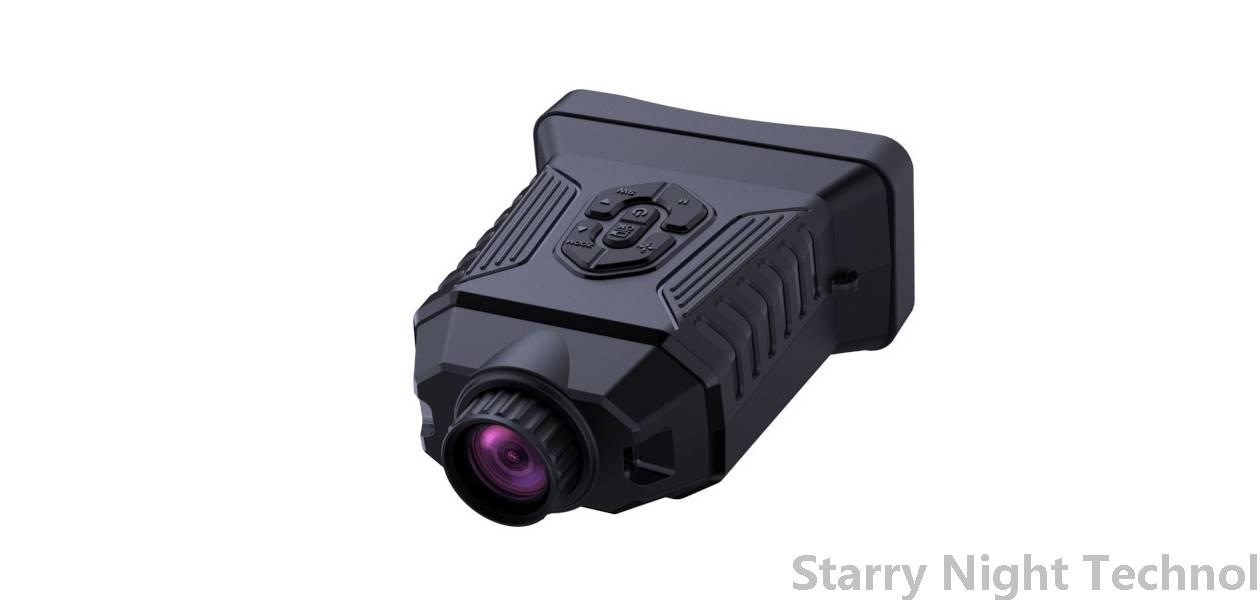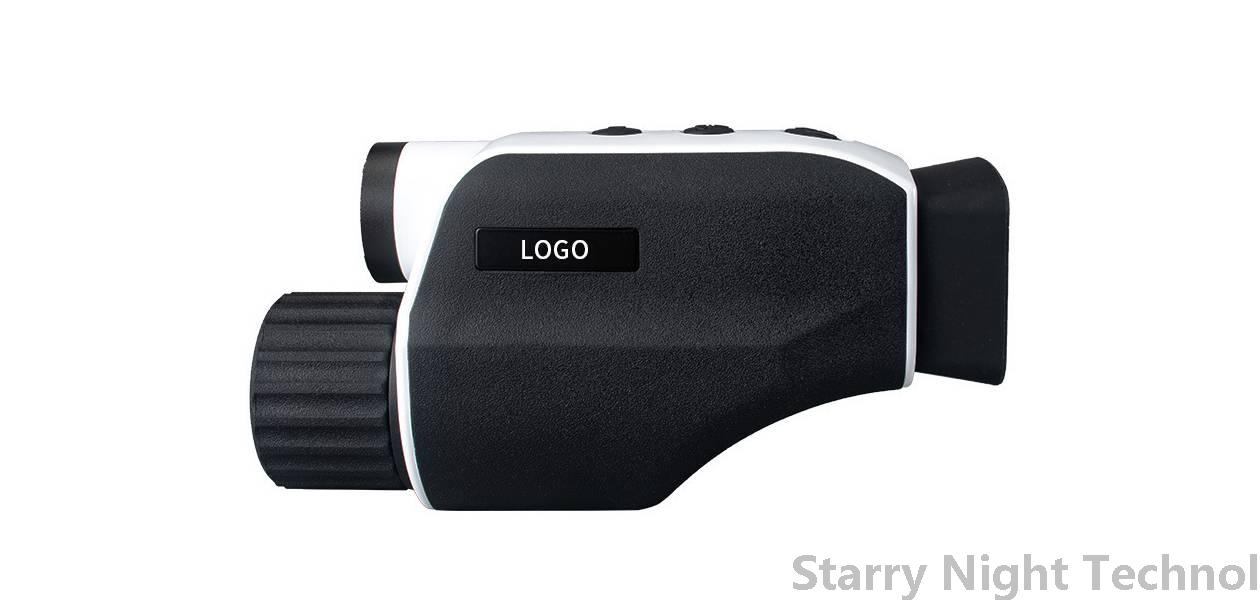Night Vision Technology in Aviation and Pilot Training
1757383212000

The advent of night vision technology has revolutionized various sectors, most notably aviation. As a critical component for enhancing safety and operational efficiency during nighttime operations, this technology is increasingly integrated into pilot training programs. By allowing pilots to see clearly in low-light conditions, night vision capabilities are instrumental not only during missions but also as part of regular flight training sequences.
#### Understanding Night Vision Technology
Night vision technology typically falls into two categories: image intensification (I2) and thermal imaging.
1. **Image Intensification:** This involves amplifying existing light by using a combination of lenses, photocathodes, and phosphor screens, thus enabling visibility with minimal ambient light. The military primarily employs I2 systems, which are prevalent for helicopter operations or other aircraft conducting nocturnal sorties.
2. **Thermal Imaging:** Predominantly used in search-and-rescue missions, this technology detects heat emitted from objects — humans, vehicles, wildlife — even in complete darkness. While it functions effectively at night, its reliability can be affected by environmental factors such as fog or smoke.
Together, these technologies enhance situational awareness, contribute to safer navigation, and improve the overall performance of both commercial and military flights.
#### Enhancing Flight Safety
One of the primary benefits of night vision technology in aviation is improved safety. Adjusting to flying under reduced visibility presents numerous challenges, including difficulty maintaining spatial orientation and increased risks of accidents due to obstacles that may go unnoticed.
With night vision goggles or enhanced displays onboard an aircraft, pilots gain clarity on terrain, air traffic, and potential hazards. They no longer have to rely solely on instrumentation; they can visualize their surroundings more effectively, thereby mitigating the chances of mid-air collisions or crashes caused by inadequate visibility.
Additionally, specific applications such as NVG (Night Vision Goggles)-compatible cockpits provide pilots with augmented reality overlays displaying essential flight data alongside real-time visual information, further bolstering situational awareness when operating at night.
#### Transforming Pilot Training Programs
 1. **Simulation Training:** Cutting-edge simulators now allow trainee pilots to experience realistic flying scenarios under diverse lighting conditions, including total darkness. By introducing simulation exercises that use night vision dynamics, instructors help students develop proficiency in working with NVGs before they encounter actual nighttime environments.
1. **Simulation Training:** Cutting-edge simulators now allow trainee pilots to experience realistic flying scenarios under diverse lighting conditions, including total darkness. By introducing simulation exercises that use night vision dynamics, instructors help students develop proficiency in working with NVGs before they encounter actual nighttime environments.2. **Practical Experience:** Following simulator methodologies, student pilots can spend supervised time practicing in real-night conditions—initially outfitted with NVGs to familiarize themselves with the gear’s weight, functioning, and its influence on flight operation. Operations involving takeoff, landing, navigation, and obstacle avoidance reinforce practical skills trained in simulations.
3. **Real-Time Feedback:** Instructors can utilize voice recordings and cockpit cameras during exercises to analyze how students make decisions while using night vision technology, identifying areas requiring improvement. Immediate feedback helps students adapt swiftly and cultivate better behaviors crucial for night flight efficiency.
4. **Emergency Procedures:** Evening operations can often yield unpredicted complications. Training modules stress emergency response protocols tailored for nighttime scenarios. Students learn how to manage failures or urgent situations when lacking daytime visibility, honing skills that could save lives when responding quickly becomes paramount.
#### Expanding Career Opportunities
Training with advanced night vision technology expands career options for pilots. Various industries, from cargo transport to law enforcement and medical evacuation services, require skilled aviators adept at conducting nighttime operations. Experience in utilizing night vision tech reflects familiarity with modern avionics systems, positioning candidates favorably within competitive job markets.
Moreover, acquiring night vision training aids transitioning between different aircraft types equipped with such technology—broadening skill sets while facilitating access to higher-profile roles such as firefighting missions or tactical reconnaissance.
Despite significant strides made in developing groundbreaking devices, one must note that there are limitations identified with night vision technology. Issues include sensitivity to bright lights that can temporarily impair effectiveness and the added psychological strain associated with high-stakes decision-making in low-visibility environments.
#### Conclusion
Incorporating night vision technology into aviation practices enhances flight safety significantly while enriching pilot training experiences. As the industry continues to evolve, technological advancements promise even greater improvements in pilot training efficacy and operational safety. For prospective pilots, familiarization with night vision capabilities offers invaluable insights, forming a vital aspect of aspiring aviators’ learning trajectories. Ultimately, elevating competency and ensuring safe skies today requires embracing innovative tools like night vision technology.
Embracing this approach secures a sustainable framework for continued professional development in the aviation domain. With consistent upgrades in design and functionality, the future heralds exciting prospects for operators navigating through darkened skies—the journey redefining traditional aviation education stands poised for remarkable growth.
Night vision device cleaning productsStarry Night Technol

